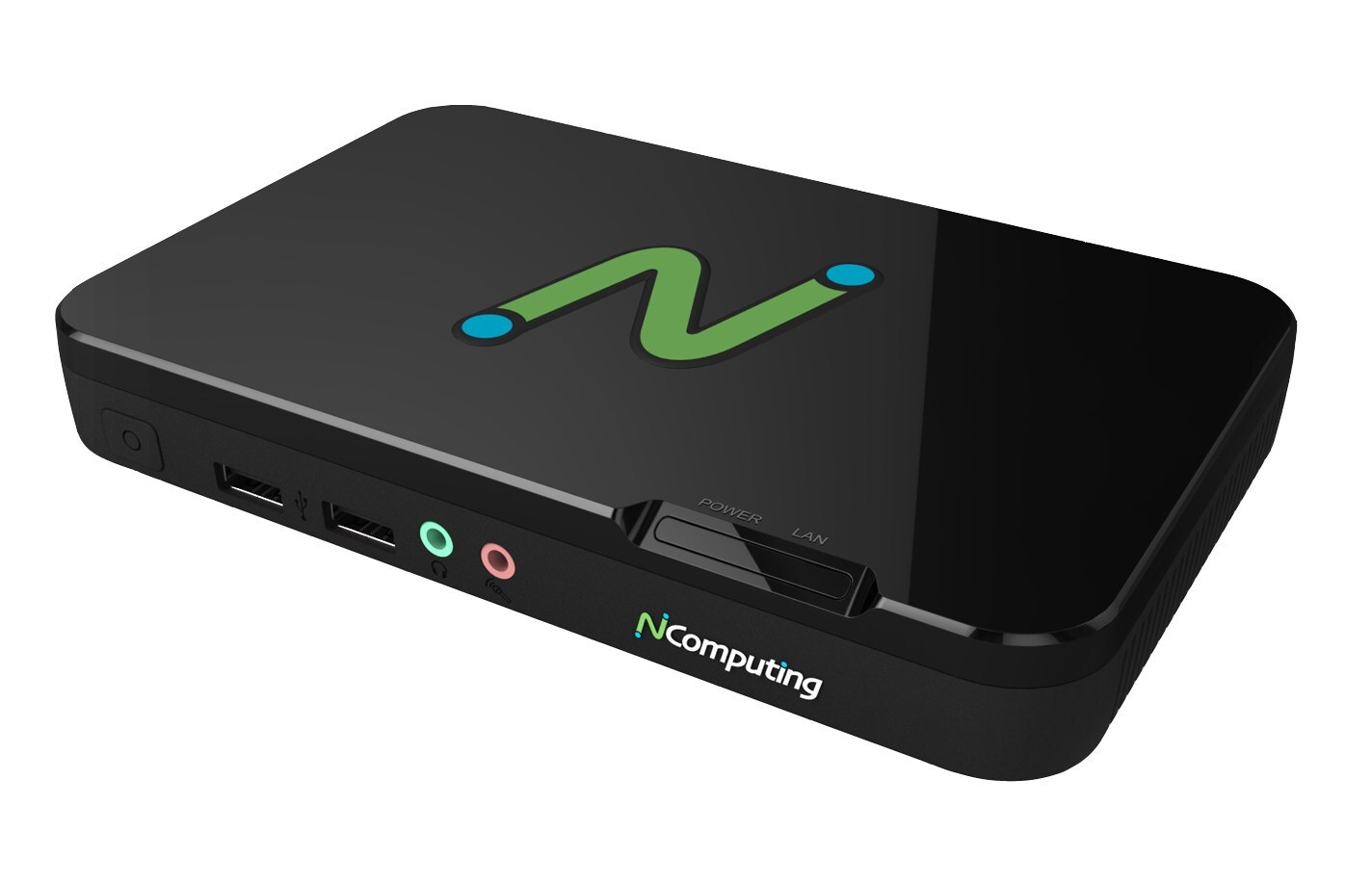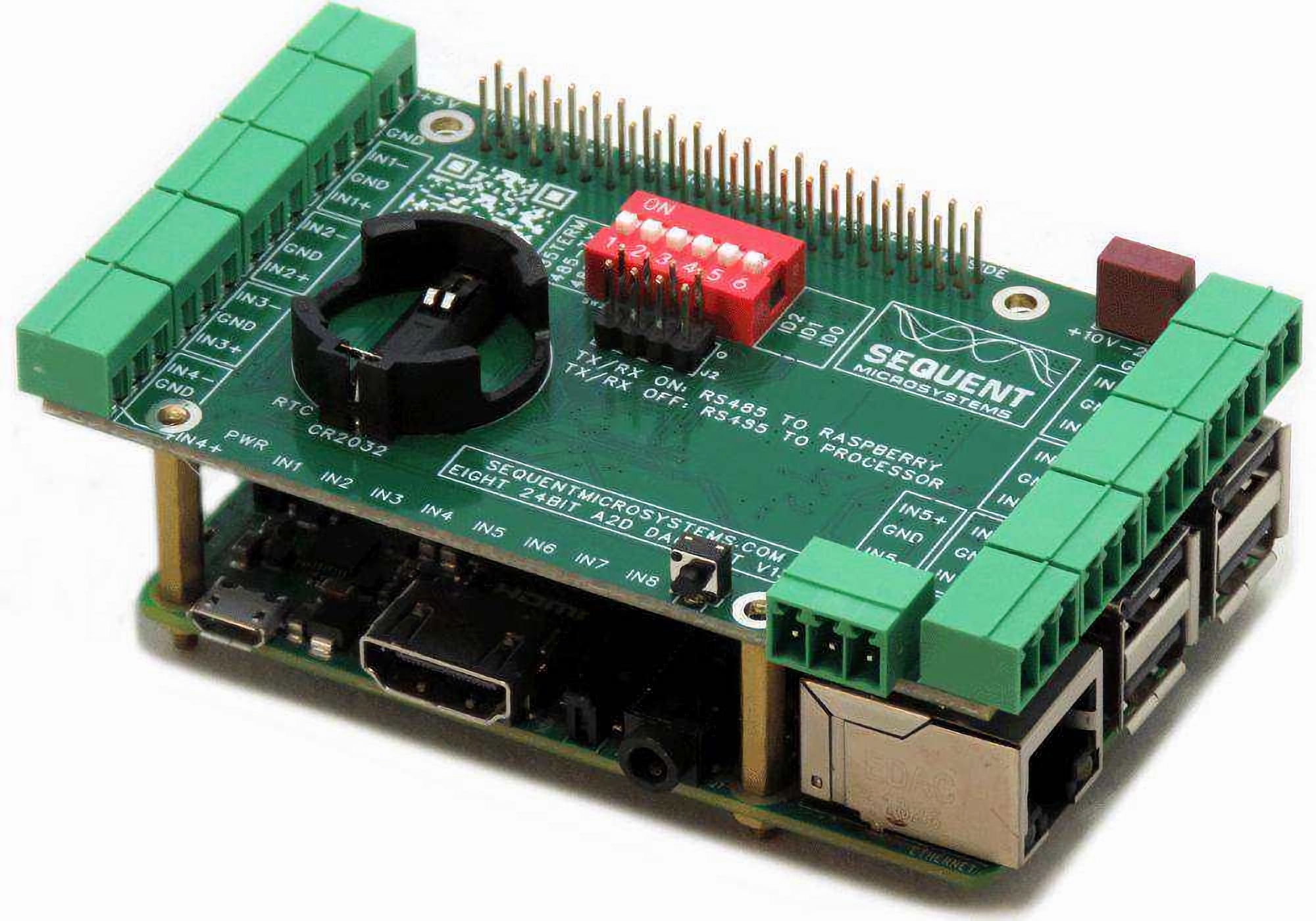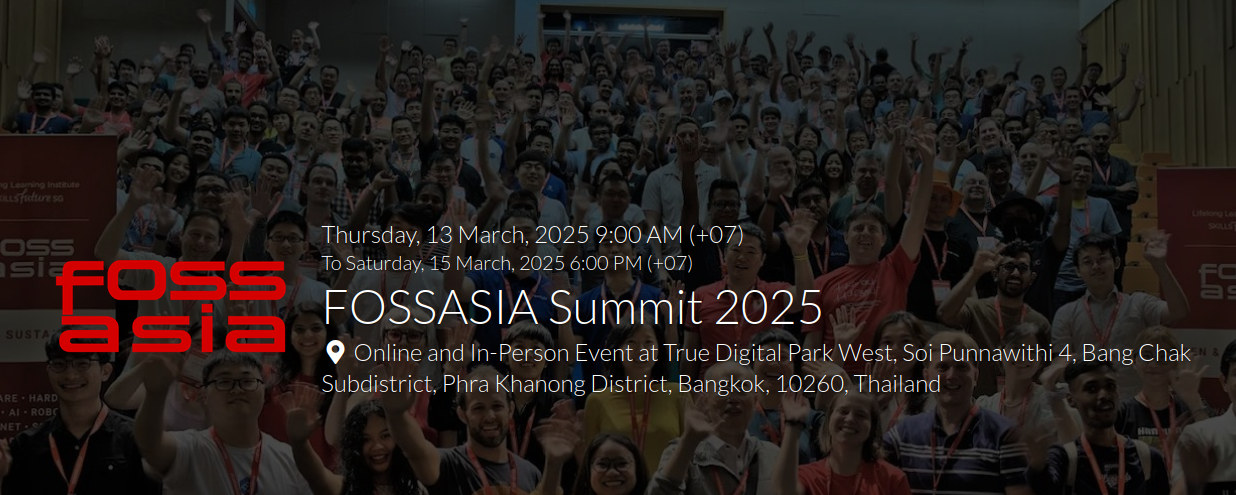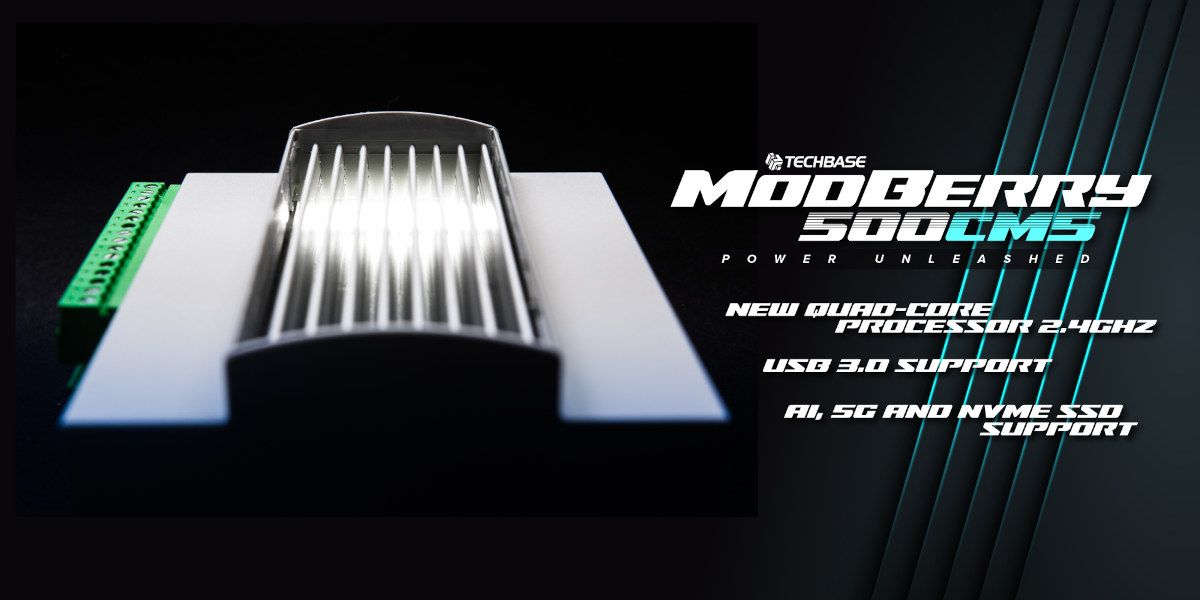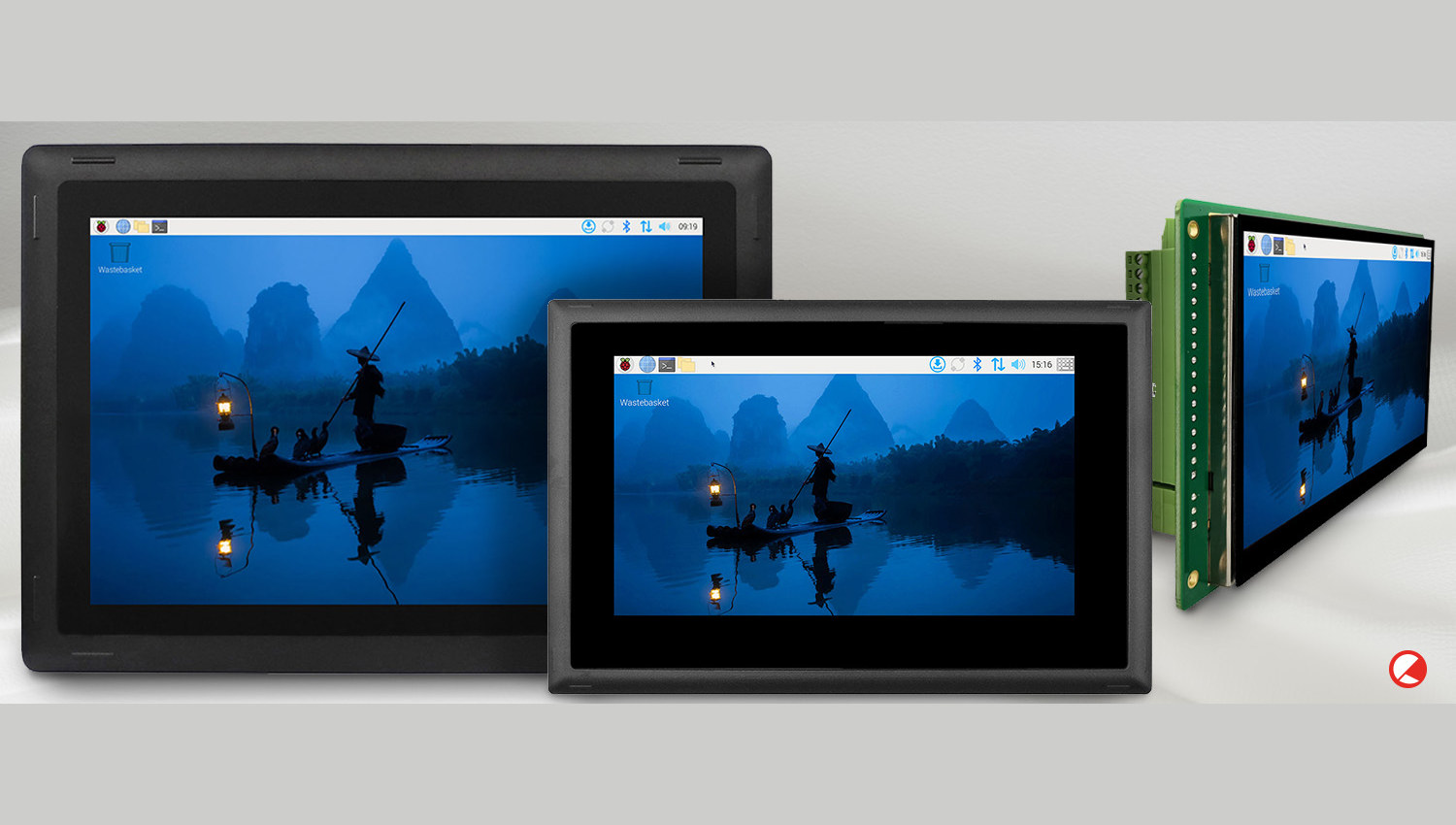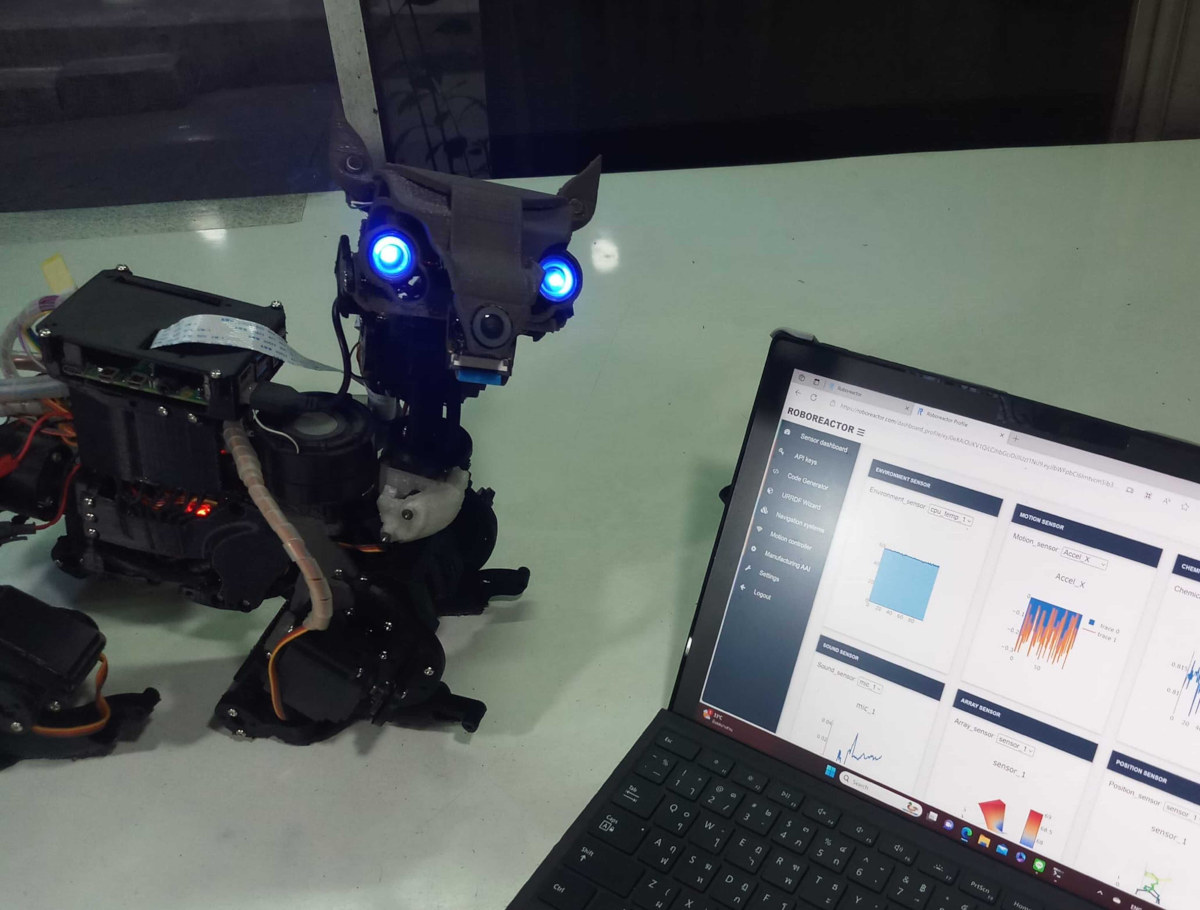NComputing RX540 is a thin client powered by the Raspberry Pi CM5 that works with Citrix, Microsoft Azure Virtual Desktop (AVD), Windows 365, Remote Desktop Services (RDS), and NComputing’s own vSpace Pro and VERDE VDI platforms. Omnissa Horizon integration is expected in March 2025. We first covered NComputing when the company released the RX300 Raspberry Pi 3-based Thin Client in 2017, which we reviewed with Windows Server 2016 the same year. Since then, the company introduced the RX420(HDX) Raspberry Pi 4 Thin Client compatible with Citrix HDX in 2020, and now they’ve introduced their first Raspberry Pi Compute Module-based hardware with the CM5-powered NComputing RX540 thin client, and there’s also an RX580 model with 8GB RAM and internal storage available upon request. Ncomputing RX540 specifications: SoM – Raspberry Pi Compute Module 5 SoC – Broadcom BCM2712 CPU – Quad-core 64-bit Arm Cortex-A76 processor @ 2.4GHz GPU – VideoCore VII GPU […]
LLMStick – An AI and LLM USB device based on Raspberry Pi Zero W and optimized llama.cpp
Youtuber and tech enthusiast Binh Pham has recently built a portable plug-and-play AI and LLM device housed in a USB stick called the LLMStick and built around a Raspberry Pi Zero W. This device portrays the concept of a local plug-and-play LLM which you can use without the internet. After DeepSeek shook the world with its performance and open-source accessibility, we have seen tools like Exo that allow you to run large language models (LLMs) on a cluster of devices, like computers, smartphones, and single-board computers, effectively distributing the processing load. We have also seen Radxa release instructions to run DeepSeek R1 (Qwen2 1.5B) on a Rockchip RK3588-based SBC with 6 TOPS NPU. Pham thought of using the llama.cpp project as it’s specifically designed for devices with limited resources. However, running llama.cpp on the Raspberry Pi Zero W wasn’t straightforward and he had to face architecture incompatibility as the old […]
Stackable HAT brings high-resolution 24-bit ADC to Raspberry Pi (Crowdfunding)
Sequent Microsystems’ “Eight 24-bit ADC 8-layer Stackable HAT” is a Raspberry Pi expansion board designed for home automation projects. It is compatible with all Raspberry Pi models with a 40-pin GPIO header and features a stackable design that provides scalability for more complex setups. It includes eight independent 24-bit ADC channels, providing ultra-high resolution for measuring small analog signals accurately. It also features programmable gain amplifiers on each input channel for amplifying weak signals and optimizing the ADC’s input range. It is stackable up to eight layers, allowing for up to 64 differential analog inputs. It provides 4A continuous and 5A peak power to the Raspberry Pi via the GPIO header. It sends data via the I2C lines, leaving all other pins free for use. Also, it supports isolated RS485 communication for long-distance connectivity. The 8-layer Stackable HAT for Raspberry Pi is suitable for precision data acquisition applications, including industrial […]
Adafruit’s PioMatter library adds HUB75 RGB LED Matrix support to the Raspberry Pi 5
The Raspberry Pi 5 brought a more powerful CPU and GPU and faster I/Os compared to the Raspberry Pi 4, as well as some incompatibilities. While the transition from a Raspberry Pi 4 to a Raspberry Pi 5 is usually painless for most applications, Adafruit notes that the ability to drive HUB75 RGB LED matrices was lost on the Raspberry Pi 5 which now relies on the Raspberry Pi RP1 peripheral control to drive GPIOs instead of the Broadcom processor directly controlling them. The company has now addressed that by using the PIO (Programmable I/O) block in the RP1 chip, yes that’s the same PIOs as found in the RP2040 or RP2350 microcontroller, to drive HUB75 RGB LED matrices from the Raspberry Pi 5, and their work can be found on the Adafruit-Blinka-Raspberry-Pi5-Piomatter repository on GitHub. The instructions to install the Adafruit Blinka Raspberry Pi 5 PioMatter library (or just […]
FOSSASIA 2025 – Operating systems, open hardware, and firmware sessions
The FOSSASIA Summit is the closest we have to FOSDEM in Asia. It’s a free and open-source event taking place each year in Asia, and FOSSASIA 2025 will take place in Bangkok, Thailand on March 13-15 this year. It won’t have quite as many speakers and sessions as in FOSDEM 2025 (968 speakers, 930 events), but the 3-day event will still have over 170 speakers and more than 200 sessions. Most of the sessions are for high-level software with topics like AI and data science, databases, cloud, and web3, but I also noticed a few sessions related to “Hardware and firmware” and “Operating System” which are closer to what we cover here at CNX Software. So I’ll make a virtual schedule based on those two tracks to check out any potentially interesting talks. None of those sessions take place on March 13, so we’ll only have a schedule for March […]
ModBerry 500 CM5: A Leap Forward in Industrial IoT Automation (Sponsored)
The ModBerry 500 series from TECHBASE has long been a staple in the industrial IoT automation market, known for its reliability and versatility. The upcoming ModBerry 500 CM5, integrates the powerful Raspberry Pi Compute Module 5 (CM5), bringing significant enhancements and maintaining compatibility with previous versions. Compatibility with Raspberry Pi Compute Module 5 The ModBerry 500 series is fully compatible with the Raspberry Pi Compute Module 5, ensuring seamless integration and enhanced performance. This compatibility allows users to leverage the advanced features of the CM5, including improved processing power and expanded memory options while maintaining the robust and flexible platform that ModBerry users have come to rely on. Advantages of the ModBerry 500 CM5 in IoT Automation The ModBerry 500 series has established itself as a leading solution in the IoT automation market due to its reliability with proven track record in various industrial applications, ensuring consistent performance in harsh […]
Chipsee introduces 7-inch and 10.1-inch industrial panel PCs powered by Raspberry Pi CM5
Chipsee has introduced three new panel PCs powered by the Raspberry Pi Compute Module 5 (CM5), namely the EPC-CM5-070, PPC-CM5-070, and PPC-CM5-101, designed for automation, manufacturing, and industrial applications. The EPC-CM5-070 is a compact 7-inch open frame embedded panel PC with armored glass, the PPC-CM5-070 is also a 7-inch panel PC but with VESA/panel mounting and a rugged metal enclosure, and the PPC-CM5-101 features a 10.1-inch touchscreen display and support for an extended temperature range. Chipsee EPC-CM5-070 – A 7-inch open frame panel PC Specifications: SoM – Raspberry Pi CM5 with Broadcom BCM2712 quad-core Cortex-A76 SoC, 4GB or 8GB RAM, 32GB eMMC flash Storage MicroSD card slot M.2 M-Key 2230/2242 (PCIe Gen2 x1) socket for NVMe SSD Display – 7-inch display with 1024×600 resolution, 5-point capacitive touchscreen, 500 NIT brightness Video Output – HDMI port Audio 3.5mm audio out jack Internal 2W Speaker Buzzer Camera – Optional support Networking Gigabit […]
Roboreactor – A Web-based platform to design Raspberry Pi or Jetson-based robots from electronics to code and 3D files
Roboreactor is a web-based platform enabling engineers to build robotic and automation systems based on Raspberry Pi, NVIDIA Jetson, or other SBCs from a web browser including parts selection, code generation through visual programming, and generating URDF models from Onshape software. You can also create your robot with LLM if you wish. The first step is to create a project with your robot specifications and download and install the Genflow Mini image to your Raspberry Pi or NVIDIA Jetson SBC. Alternatively, you can install Gemini Mini middleware with a script on other SBCs, but we’re told the process takes up to 10 hours… At this point, you should be able to access data from sensors and other peripherals connected to your board, and you can also start working on the Python code using visual programming through the Roboreactor node generator without having to write code or understand low-level algorithms. Another […]


